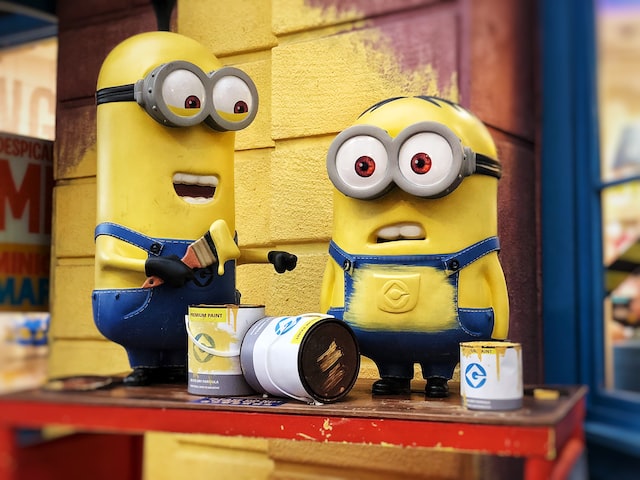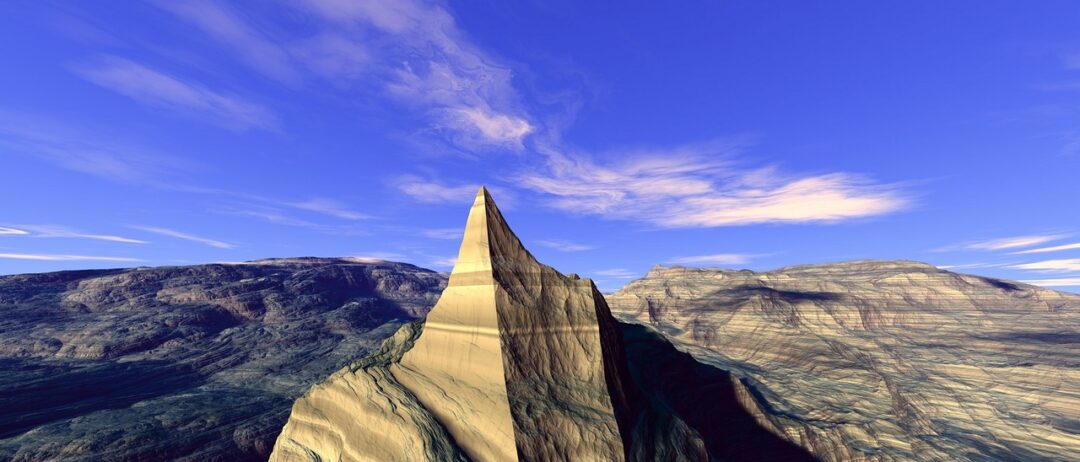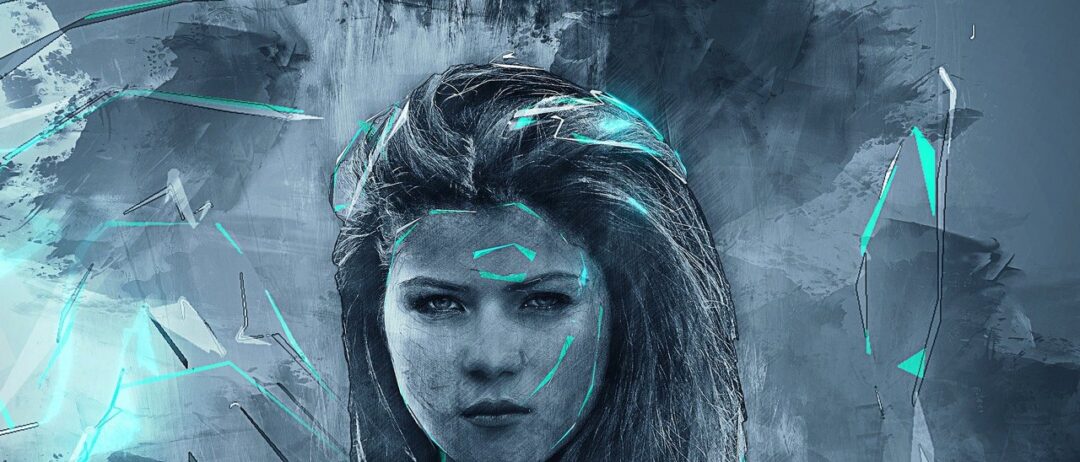
History of the genre: cartooning
The article tells about the genre of animation, when it was created, by whom, who the founder of the genre was, its principles and examples of animation from the 20th century and today.
Animation or cartooning is the illusion of moving images or drawings.
Many people think that the target audience for animated films is children and teenagers, but they are mistaken. This can be seen by watching Tim Burton’s cartoons, clearly aimed at an older audience.
How did the genre of animation develop in the 20th century?
Of course, they knew how to do basic image animation as far back as the 19th century. However, animation truly began to develop after the creation of photography, namely after 1908.
Previously, in order to animate a drawing, a doll or an object, they had to be photographed over and over again.
To create a motion effect, 24 pictures per second must be taken – the same standard as for film. If the cartoon is drawn, then 24 drawings were created, which were then photographed.
Often cartoons use the same techniques as movies: drawings from different angles, a tracking camera, or a subjective camera – it makes the cartoon look three-dimensional and interesting.
“Gertie the Dinosaur”— one of the first short animated films
One of the earliest and best-known short animated films was Gertie the Dinosaur, created by Winsor McCam in 1914. His work influenced generations of artists and the technology that he created was used extensively by Walt Disney Studios.
The character of the animated film “Dinosaur Gertie” was named by many filmmakers as the first animated star, as she was already endowed with personality and character and aroused the sympathy of the audience, making them worry about her.
The first animated films and their heroes
The first animation studios already appeared in 1919-1920. Of course, at that time, cartoons were short and only lasted about 10 minutes.
But the job was simplified when it became possible to draw on celluloid films. You could translate drawings onto them, so you didn’t have to redraw each frame. This not only simplified the process of making a cartoon, but also made it faster.
One of the first big cartoon stars was Felix the cat, created by Pat Sullivan, and then succeeded by Mickey Mouse, created by Walt Disney. More often the cartoons with these characters were short films.
The characters in the short animations were placed in ridiculous or funny situations, making the audience either laugh at them, or feel sympathy for them, or worry about them together.
This structure was later retained in other works, such as: “Tom and Jerry” – where each episode is about a cat trying to catch a mouse.
The heyday of Walt Disney’s animation studio
The first cartoon in which Mickey Mouse appeared was released in 1928 and was called “Crazy Airplane”. Walt Disney Studios began to gain momentum and develop rapidly.
It finally gained a foothold in this industry with the release of the first full-length animated film, “Snow White and the Seven Dwarfs”, in 1937, winning the hearts of children and adults the world over.
Now every child grows up on Walt Disney cartoons, and a trip to Disneyland is a child’s dream and fantasy to enter a fairytale world full of magic and where dreams come true.
And in 1940, Disney’s next animated film, “Fantasia”, is released, which also features stereo sound for the first time.
Who else, apart from Disney, can be called a pioneer of animated film?
There were other talents at this time who tried to develop animation and give it new directions. For example, Canadian animator Norman McLaren tried to combine animation with live action by drawing directly on film.
As far as we know, this technology is still actively used in both cartoons and movies.
Today Norman McLaren is considered one of the greatest innovators of the language of animation.
But British cartoonist Nick Park made cartoons using plasticine dolls and figures. By the way, Nick has been nominated for an Oscar four times for his cartoon work!
Also worth mentioning is Alexander Viktorovich Shiryaev, who used both drawings and puppets to create cartoons.
Jiří Trnka, the founder of the Czech and Czechoslovak school of animation, should not be forgotten, nor should Roman Abelevich Kochanov, who created domestic puppet animation.
The newest history of global animation
A new age of animation came at the end of the 20th and beginning of the 21st centuries when computer technology was integrated into the industry.
The first full-length film made entirely by computer technology, and having the incredible success and popularity of “Toy Story”, created by Pixar back in 1995. Then Japanese anime began to appear and become popular.
Animation is so ingrained in the film industry and so beloved by audiences that since 2001 there has even been a nomination for Best Animated Feature Film at the Academy Awards. In addition, there is now also a nomination for best animated film soundtrack.
The advent and subsequent development of 3D formats such as IMAX 3D, Dolby 3D, RealD Cinema and others have played a huge role in this industry. They made cartoon characters look even more alive and vivid.
It remains to keep an eye on the development of the animation. We’ll see what happens next. Where animation technology will take us can only be guessed at.





